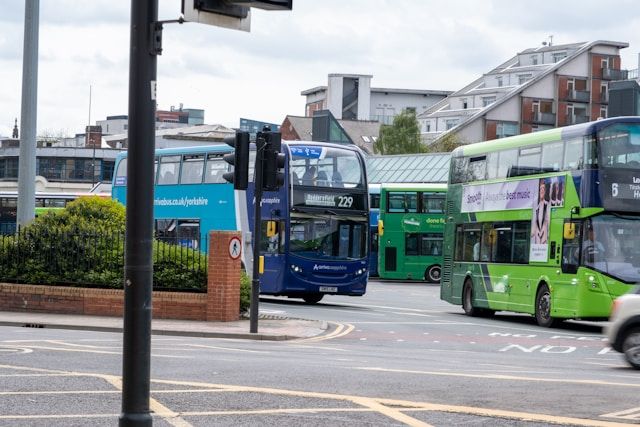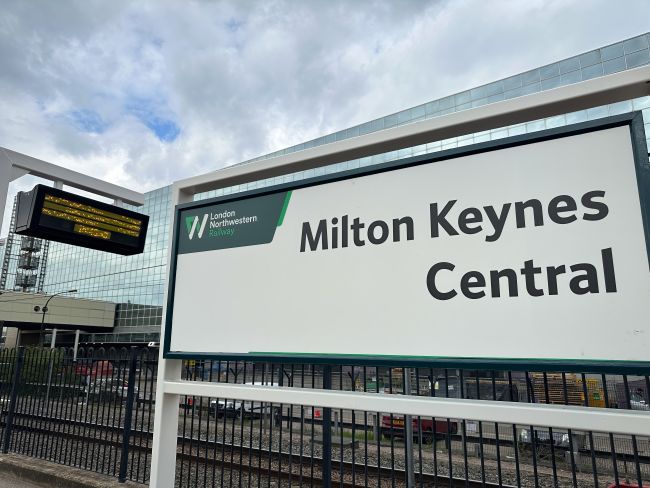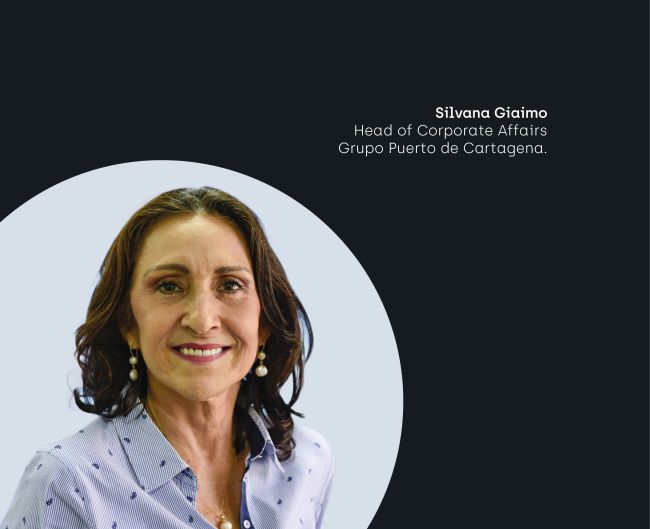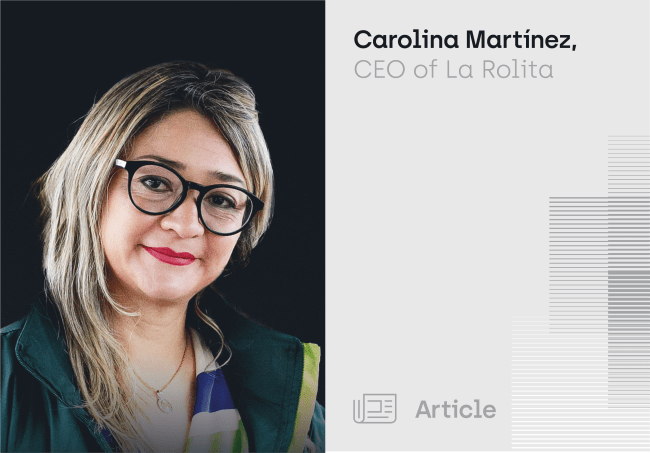A new Transbay Rail Crossing for San Francisco
We spoke with Ellen Smith, Manager of Strategic and Policy Planning at Bay Area Rapid Transit (BART).

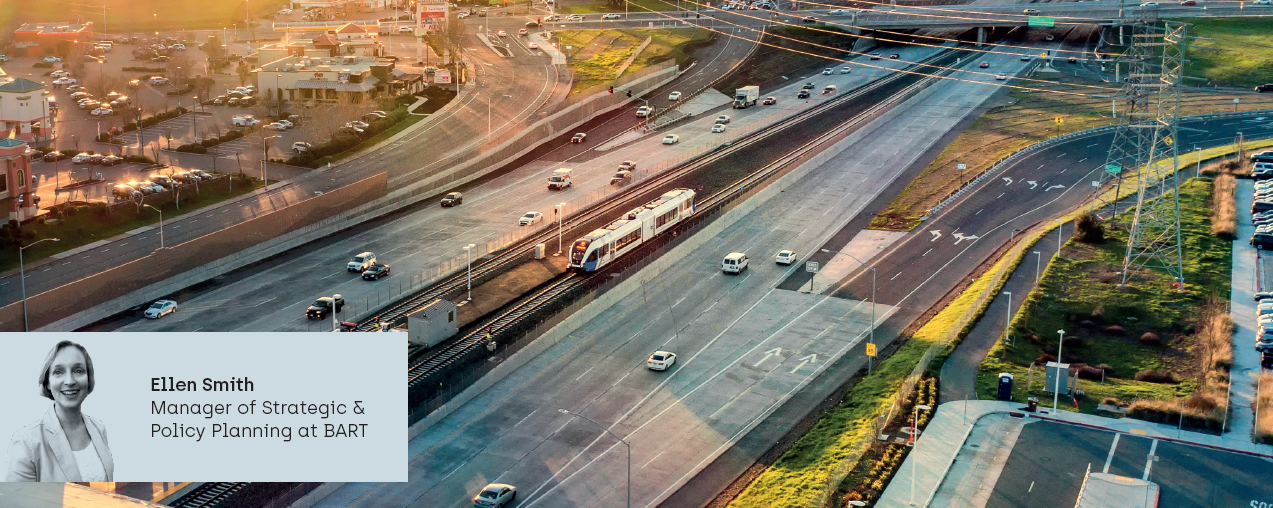
We spoke with Ellen Smith, Manager of Strategic and Policy Planning at Bay Area Rapid Transit (BART). We quickly discovered that her role as lead on the New Transbay Rail Crossing is much more than developing new rail infrastructure. Ellen’s appetite for creating development around rail transit stations will help to tackle the Bay Area’s ‘extreme’ traffic congestion.
Ellen Smith has a master’s degree in urban and regional planning from the University of Southern California (1983), and after ten years of consulting, including at Leigh Fisher Associates and KPMG, the allure of public sector work brought her expansive skills and passion to BART. Just over 25 years later, Ellen is responsible for developing BART's strategy for this multi-billion-dollar investment.
The Bay Area consists of 7.75 million people living in nine counties, and is the sixteenth largest economy in the world. It’s not hard to see why. The Bay Area, widely known for its Silicon Valley economic engine, is home to some of the world’s biggest and most profitable companies, including Apple, Facebook and Google. This economic powerhouse is projected to grow significantly over the next 20 years with the Bay Area’s population expected to grow by 2.1 million. The northern California megaregion stretches even further, with links to Sacramento and surrounding suburban counties.
What’s glaringly apparent for people living in one of the world’s most vibrant economies is that traveling to work — or anywhere for that matter — in the Bay Area is a daily lesson in logistics and patience. The motor car is the dominant means of getting from A to B and its use is on the rise. Getting stuck in traffic congestion is a huge source of irritation for most Northern Californians. The proliferation of super-efficient and smart electric — and soon to be fully-autonomous — cars will not preclude traffic congestion and the resultant days we lose in productivity each year. What’s to be done?
“Allowing traffic congestion and current levels of transit overcrowding to threaten the Bay Area’s prosperity and quality of life is not an option,” says Ellen. She believes that one of the essential solutions to curb excessive traffic congestion is to create the right mix of high-density urban land use — residential, leisure, commercial and workplace — around existing and future transit stations. She eagerly described how BART’s Transit-Oriented Development Policy has already resulted in less car use around stations. So far, 13 high-density mixed-use developments have been built around BART stations, with four already under construction and seven in the pipeline. BART owns approximately 250 acres of land near its stations, and wants to intensify use on these properties.
It’s a smart move by BART bosses to have an urban planner with a grounding in politics positioned at the helm of the New Transbay Rail Crossing. Although it sounds like the public transit authority have predetermined their infrastructure goal, it’s not that simple. In fact, in June this year, BART’s Board of Directors appointed a consortium, led by US-based infrastructure consultants HNTB and supported by Steer, to advise and guide the complex planning for this investment. The solutions must improve connectivity around the Bay Area and the megaregion. BART is partnering with Capitol Corridor, which uses standard-gauge rail, to evaluate how the megaregion can best be served with an enriched rail network. The consulting team will bring best practices and lessons learned from other complex rail projects from around the world to BART and Capitol Corridor.
Over the next few years a thorough examination will be undertaken to understand the diverse stakeholder priorities: what the second crossing should look and feel like; will it serve the complex rail-gauge mix of heavy rail (including Caltrain), BART and California’s future high speed rail?; which funding mechanisms will be used?; and, importantly for company executives considering Silicon Valley for their next big investment, when will construction begin and end?
"Urban planning is expansive, that’s what I love about it — it brings everything together, the economy, society and the environment", Ellen enthused. Strategic urban planners with the right skills, commitment and vision are few and far between and Ellen has proven she is in the right place at the right time.


